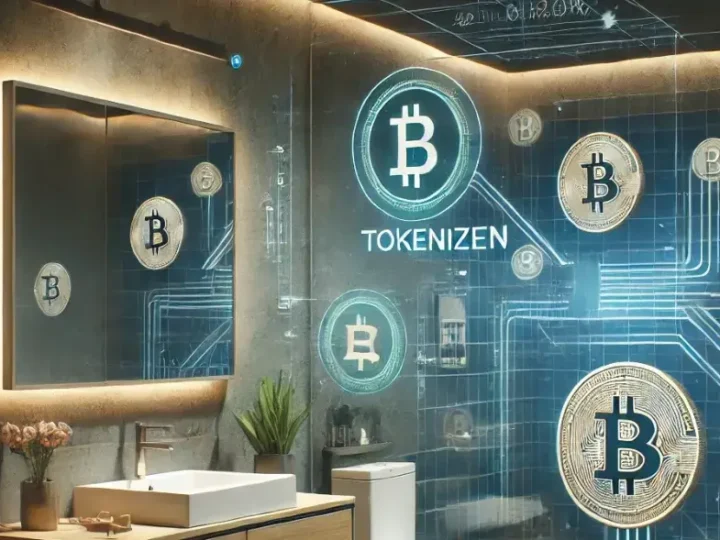The reported BTC short linked to address 0x469e lacks evidence and could potentially impact the market.
Blockchain
Franklin Templeton has taken another significant step in blockchain adoption by integrating its Franklin OnChain
NFT
The world of non-fungible tokens (NFTs) has seen a surge in popularity over the past
DeFi
The Grayscale Smart Contract Fund is a specialized investment vehicle designed to provide exposure to




















